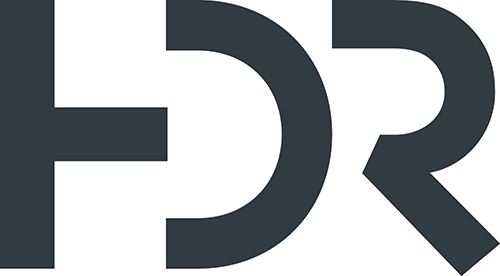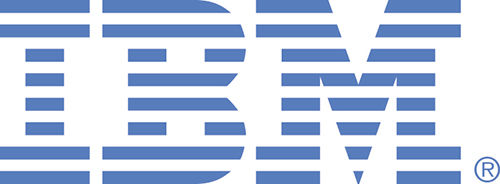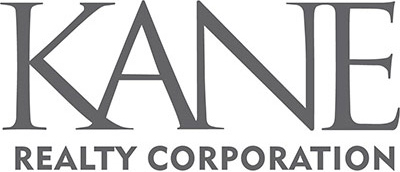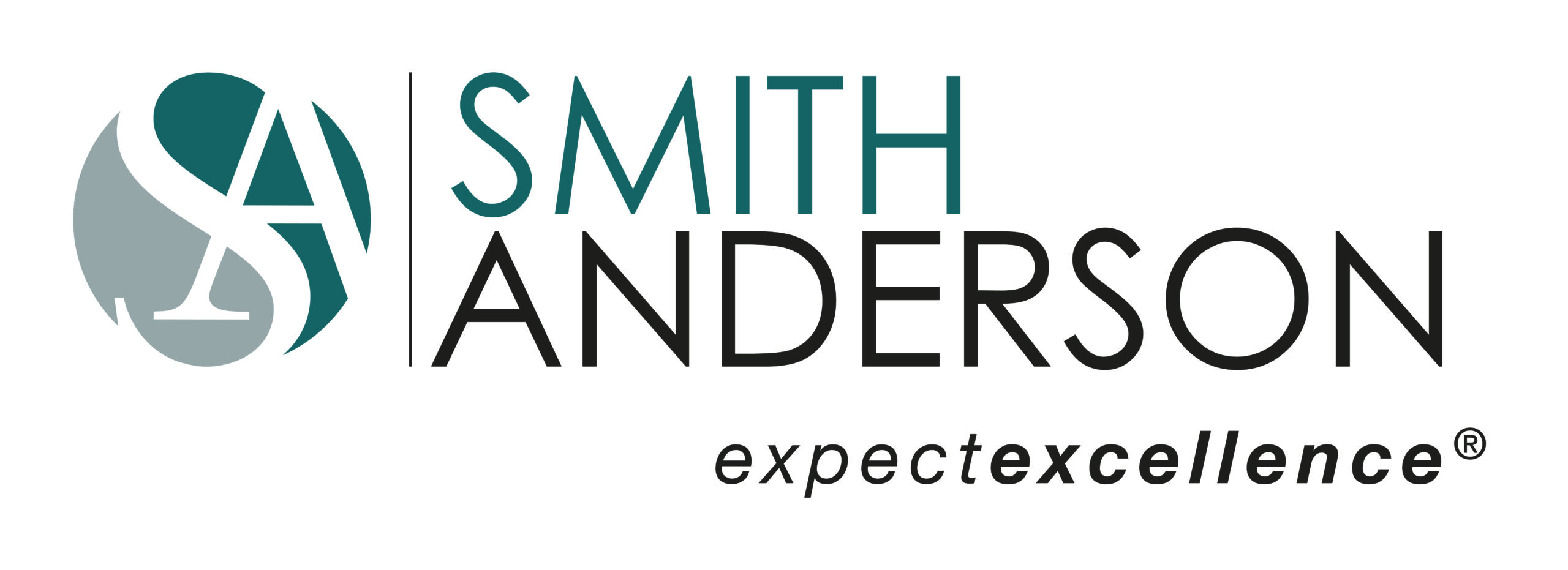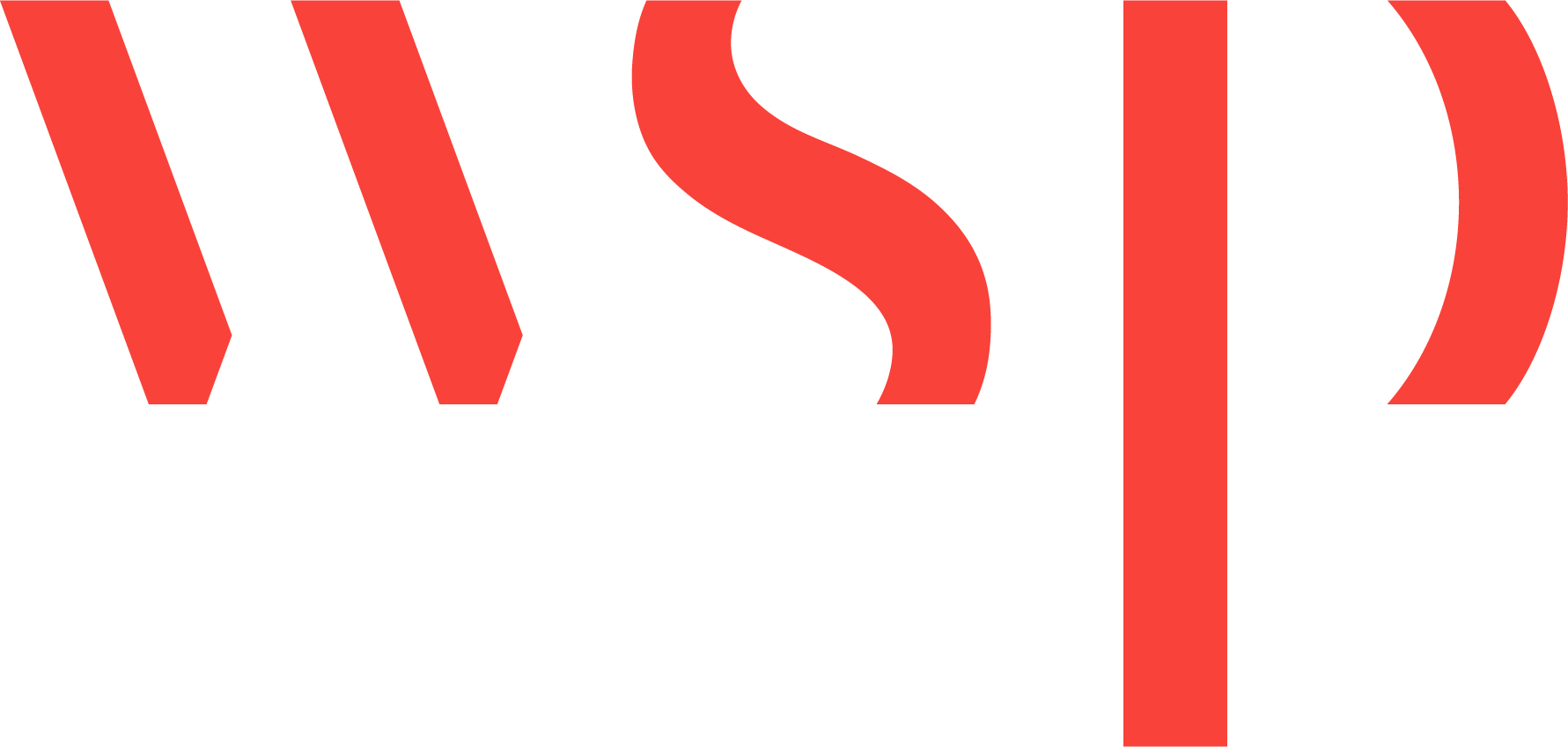Productivity — and commuting
- January 4, 2024
- Posted by: Joe Milazzo II
- Category: Blog
RTA members and partners,
Here is a slightly longer post that explores the interplay between productivity, flexibility, employee satisfaction, and congestion relief.
***
Some observations on productivity — Whether you own your own company or work for someone else — and even if you do own your company, you still work for your customers — we all want to be productive in our pursuits. Being productive means that we are creating value efficiently, using the most valuable and irreplaceable resource each of us has as individuals: time.
Naturally, our company or organization benefits if we are more productive. In addition, we do individually, and by extension, our family and friends do as well, if we can get our work done more quickly.
So here is one question: “When” are we most productive? And a related question: “Is productivity something that happens in periodic bursts, or something that happens in more of a process flow?”
I have believed for many years that the best time for productivity varies by individual. It also depends on what work product we are focused on. Personally, I find myself to be most productive in the morning, and sometimes in early evening, with strategy and planning tasks, while I have found that successful collaboration efforts can occur almost anytime, as long as I am organized and have sufficient positive energy and focus. I also know that taking breaks during the day help refresh my mind, energy, and perspective.
During the recent holidays, I stumbled upon a post in the Nashville Business Journal of a workplace survey by Slack which speaks to much of this.
* * *
More on productivity, and hybrid work — “Productivity happens in bursts, on and off throughout a day, not necessarily in prescribed windows of time, and definitely not for eight consecutive hours,” Christina Janzer, SVP of Research & Analytics and Head of the Workforce Lab at Slack, said. “The ‘afternoon slump’ shouldn’t be seen as a bad thing; for many workers, this could be an ideal time to take that break that will boost their overall productivity for the day.” (reference: Slack).
“Focus time, collaboration time, connection, and rest are like the macronutrients of a workday. The right balance gives you the energy you need to work your best… To be our most effective, we must create the space for collaborative work and for focused work,” said David Ard, Senior Vice President of Employee Success, Slack and Salesforce (reference: Slack).
Here are some other items from the Slack survey:
- More than 70% of workers reported that late afternoon (3p – 6p) was their worst time to get work done
- The ideal amount of focus time is around four hours a day
- “Employees who feel obligated to work after-hours register 20% lower productivity scores than those who log off at the end of the standard workday,” and they feel twice the work-related stress and burnout compared to other employees (reference: Slack).
- “Employees who work outside of standard hours by choice, to better suit their schedule or to pursue personal ambitions, report no negative impacts and even a slight uptick in their wellness and productivity scores.” (reference: Slack; emphasis added)
A different article, this time in Inc., spoke of hybrid workforce effectiveness. The article highlighted research from Harvard Business School which found that employees who spent two days a week at the office reported “greater work-life balance, more job satisfaction, and lower isolation from colleagues” compared with those who spent either more or fewer days in the office.
The Inc. article also spoke to how the time was spent as the priority. “It’s really important for organizations to not focus on how many days a week they’re in the office, but what types of activities you should do when you go to the office,” says Naomi Titleman Colla, founder of Toronto-based talent consulting company Collaborativity. “What you do with that time is what’s most important.” (reference: Inc.).
***
Organizing the where, when, and what of our day — In May 2020, I wrote an early pandemic RTA blog post entitled, “Let’s Apply Our Work-from-home Experience to Save Time” that spoke of a particular way we might organize our day, based on the purpose of the work. Almost four years later, I still believe this to be a worthwhile, illustrative approach to consider. Here is very slightly modified excerpt:
To the extent practical, I suggest that we align the meeting “type” (i.e., virtual or in-person) with the meeting purpose (e.g., “coordination or strategy”), and then schedule those meetings at the optimal time of day to maximize participation and effectiveness.
-
- For coordination meetings — particularly those involving people from multiple locations — plan to hold them online (i.e., virtual), and schedule them near the beginning or the end of the workday, at say 8, 8:30, or 9 am, or 4, 4:30, or even 5 pm.
- For strategy meetings — especially those that are internal to and integral to the enterprise — seek to hold those in-person, and schedule them during core working hours (e.g., 10 am to 3 pm).
How might this approach help commuting? By reversing or swapping the activities of say the first or last 90 minutes of one’s workday — e.g., travel home around 3 pm, and then continue working from home via a coordination meeting or two — you will have reduced both the duration and uncertainty of the commute, while increasing the likelihood that more people can participate in those meetings. In addition, you guarantee that your associates’ workday ends on time at say 5:30 pm — at their home.
***
Final thoughts — Is the above schedule the “right” plan for all employees every day? Of course not. Is exactly two days in the office (mentioned above in the Harvard research) the correct hybrid schedule for everyone? Absolutely not.
However, these and other examples do speak to how we might incorporate or retain workplace flexibility for our associates that will optimize productivity and job satisfaction – while simultaneously relieving congestion for everyone in the process.
When it comes to commuting, and its impact on effectiveness — sometimes less really can be more.
Let’s get moving,
Joe










